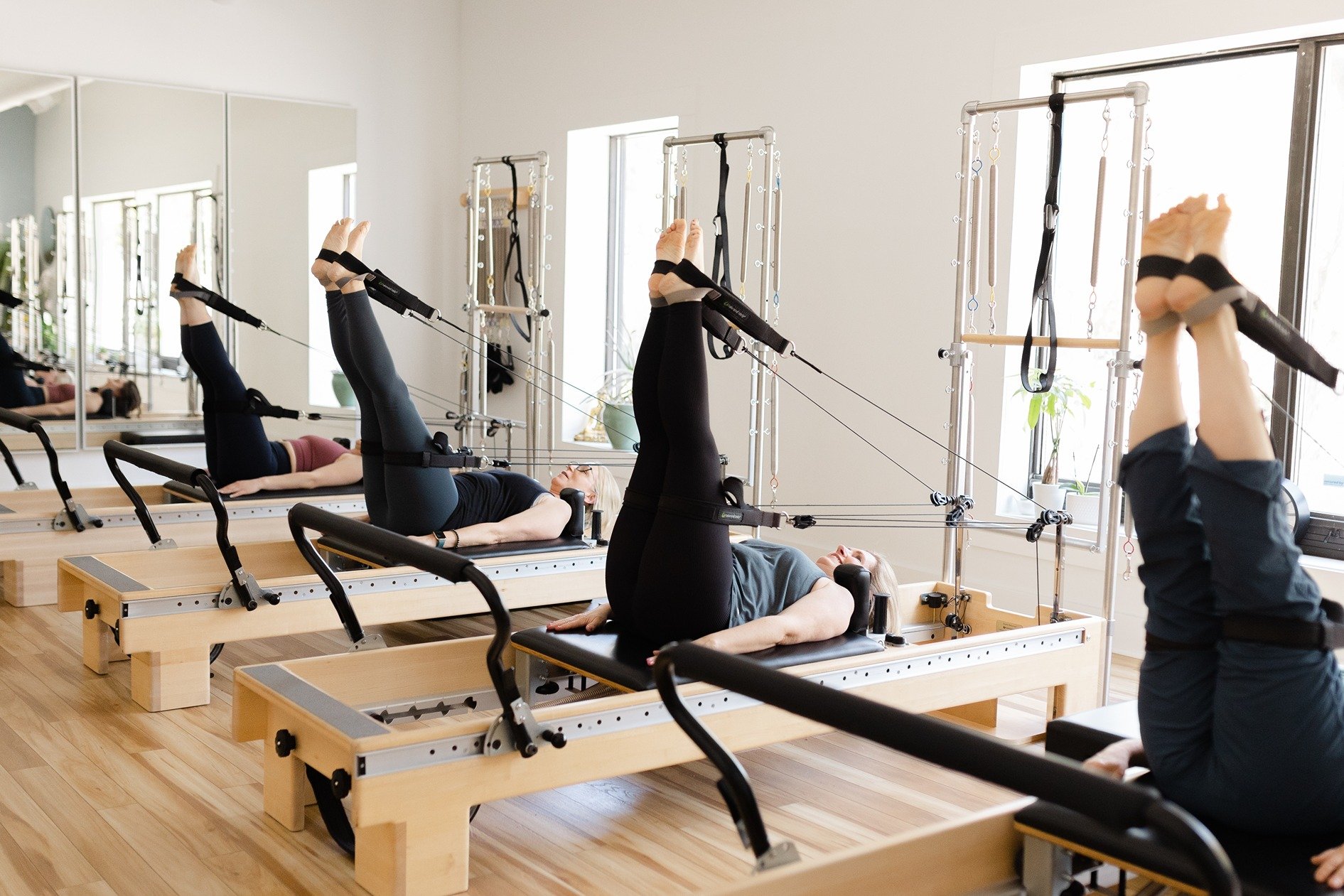Introduction: Pilates, a form of exercise developed by Joseph Pilates in the early 20th century, has evolved significantly over the years. While traditional Pilates remains popular for its focus on core strength, flexibility, and body awareness, a newer iteration known as Reformed Pilates has emerged, offering a contemporary approach to this time-tested discipline. In this article, we’ll delve into the principles and benefits of Reformed Pilates, and why it’s gaining traction in the fitness world.

The Origins of Pilates: Joseph Pilates initially reformed Pilates developed his exercise system, originally called Contrology, as a method for rehabilitation and strengthening. His techniques focused on controlled movements, precise alignment, and breath awareness to improve strength, flexibility, and overall well-being. Traditional Pilates typically utilizes equipment such as the Reformer, Cadillac, and Wunda Chair to enhance resistance and support.
Understanding Reformed Pilates: Reformed Pilates builds upon the foundational principles of traditional Pilates while incorporating modern elements to create a dynamic and effective workout experience. One of the key distinctions of Reformed Pilates is its integration of additional equipment and props, such as resistance bands, weighted balls, and cardio machines, to add variety and intensity to the exercises.
Key Features of Reformed Pilates:
- Functional Movement: Reformed Pilates emphasizes functional movement patterns that mimic activities of daily living, making it highly applicable to real-life situations and sports performance.
- Dynamic Resistance: By incorporating resistance bands and weighted equipment, Reformed Pilates challenges muscles in multiple planes of motion, leading to increased strength, stability, and muscular endurance.
- Cardiovascular Conditioning: Some Reformed Pilates classes integrate cardio equipment like stationary bikes or treadmills to elevate heart rate and enhance cardiovascular fitness, offering a more comprehensive workout experience.
- Mind-Body Connection: Like traditional Pilates, Reformed Pilates places a strong emphasis on the mind-body connection, encouraging participants to focus on breath, alignment, and mindfulness throughout the practice.
Benefits of Reformed Pilates:
- Improved Strength and Flexibility: Reformed Pilates targets both large and small muscle groups, promoting balanced strength and flexibility throughout the body.
- Enhanced Core Stability: By engaging the core in every movement, Reformed Pilates helps develop a strong and stable core, which is essential for good posture and injury prevention.
- Increased Endurance: The dynamic nature of Reformed Pilates challenges the cardiovascular system and muscular endurance, leading to improved stamina over time.
- Injury Rehabilitation and Prevention: Reformed Pilates’s focus on controlled, low-impact movements makes it suitable for individuals recovering from injuries or seeking to prevent them by strengthening supportive muscles and improving body mechanics.
Conclusion: Reformed Pilates represents a contemporary evolution of the traditional Pilates method, offering a comprehensive and dynamic approach to fitness. By integrating modern equipment and principles, Reformed Pilates provides a versatile workout experience that enhances strength, flexibility, cardiovascular health, and overall well-being. Whether you’re a seasoned Pilates enthusiast or new to the practice, Reformed Pilates offers something for everyone seeking a balanced and effective exercise regimen in today’s fitness landscape.
